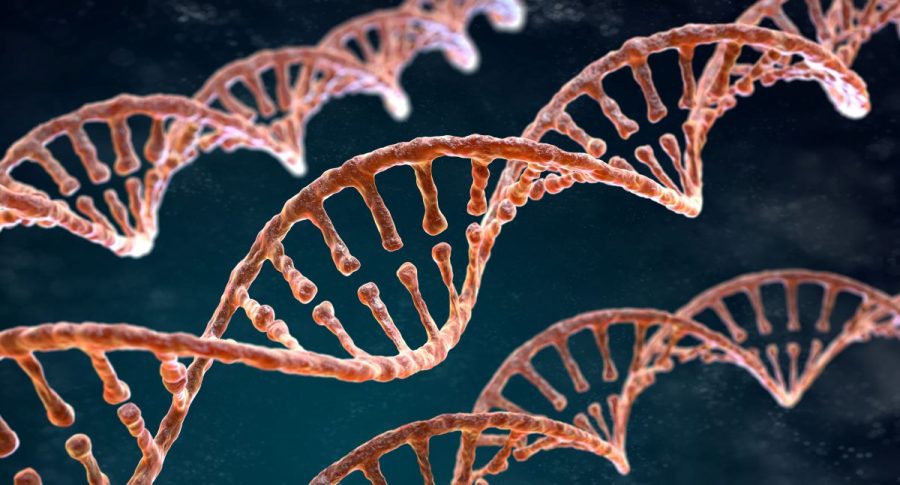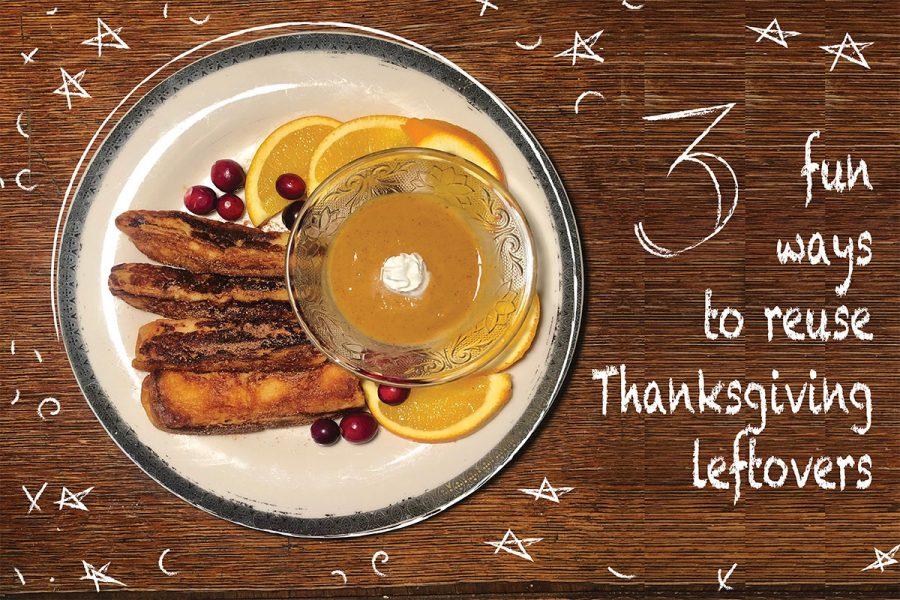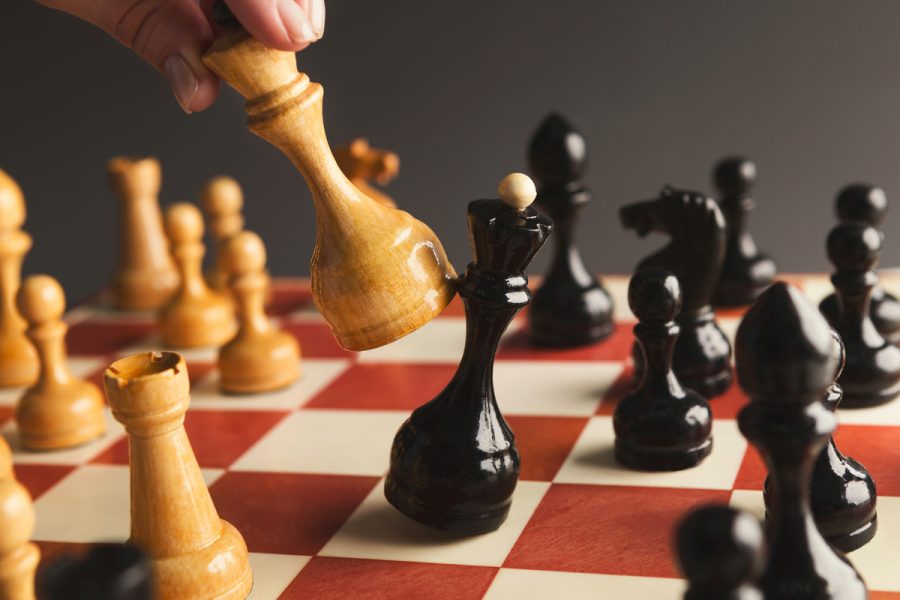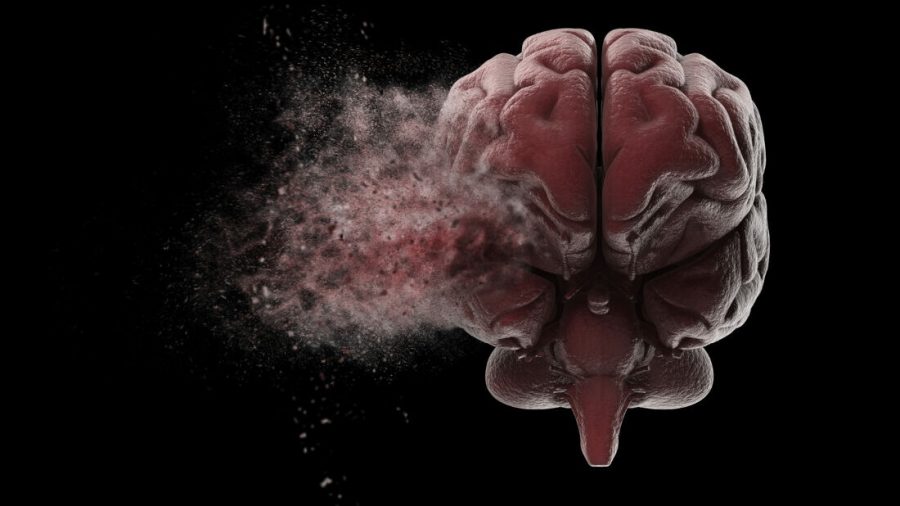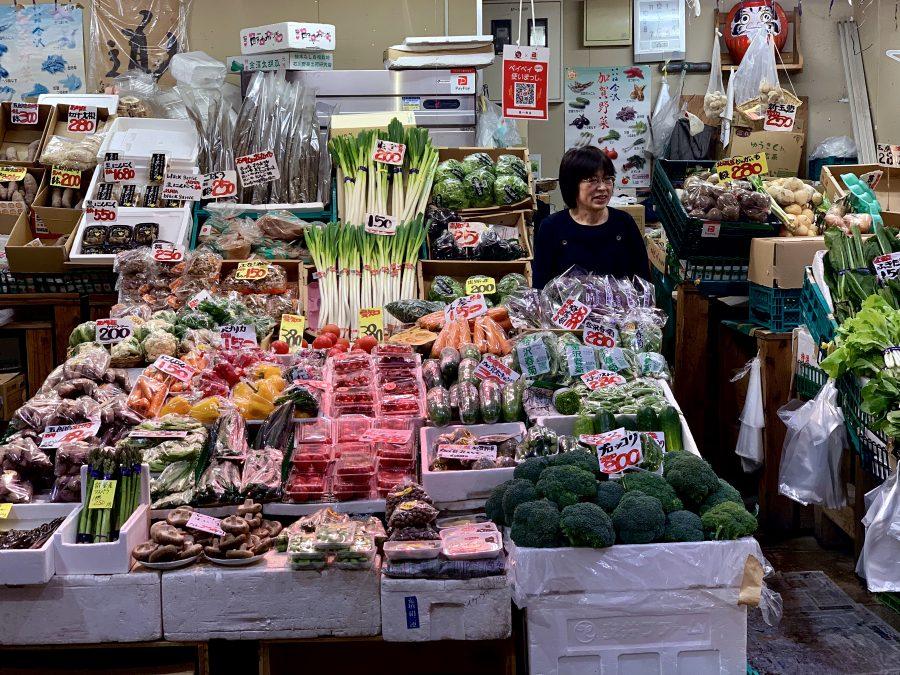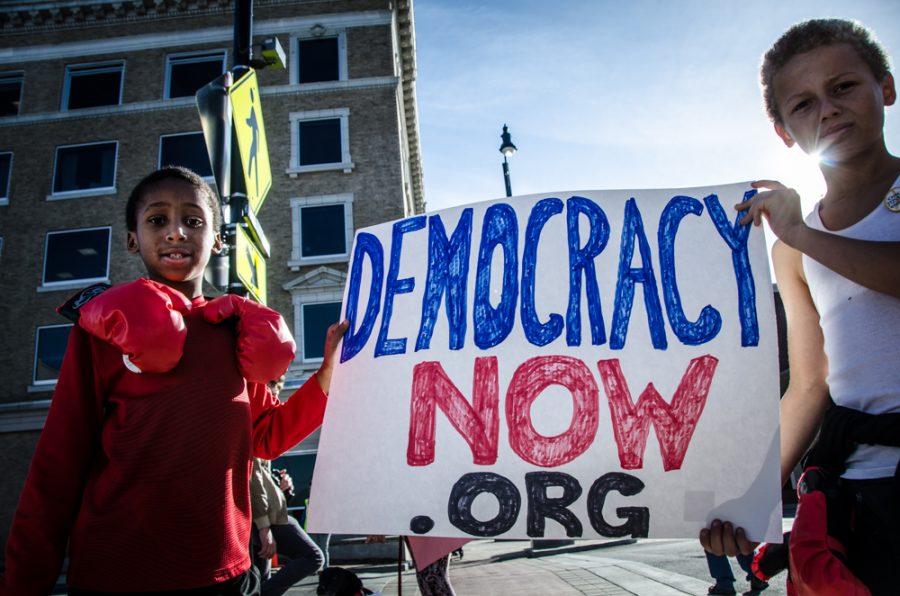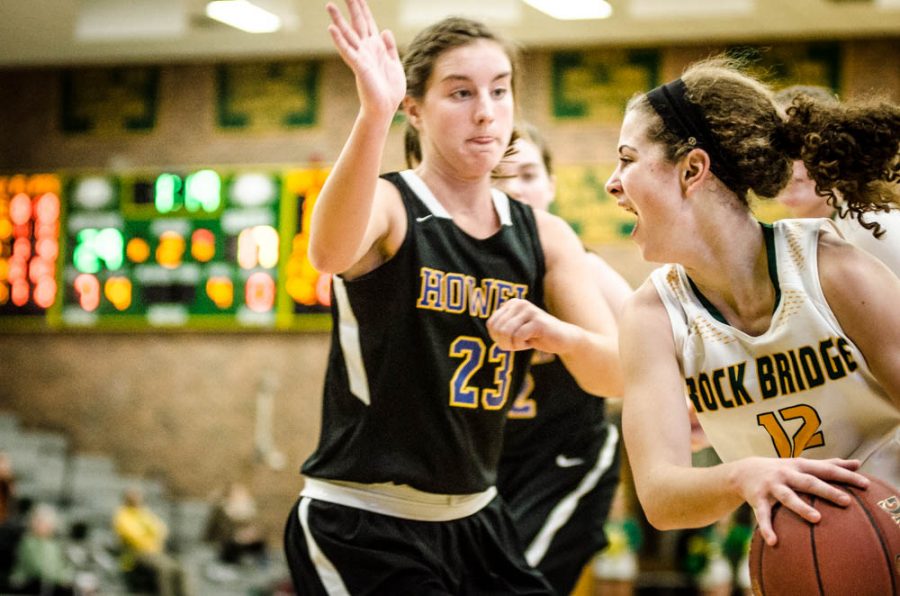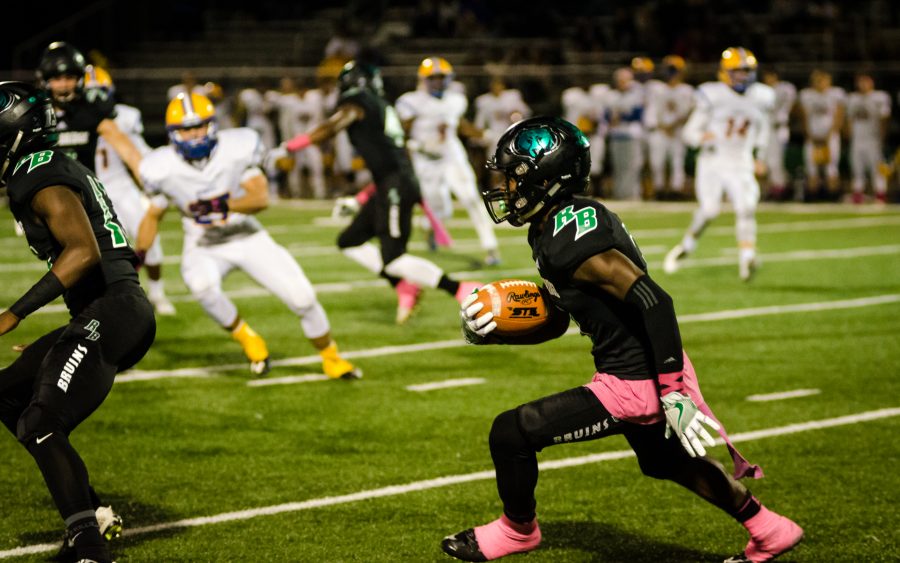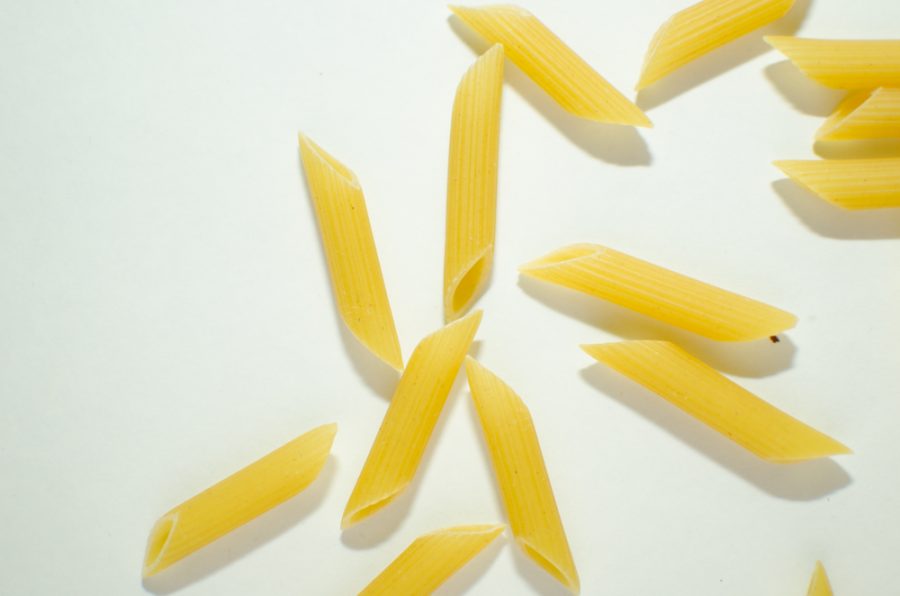Most photographers agree that shooting RAW is preferable in nearly all situations. The main reason being, in a JPEG file, the photo is processed by the camera and shrunk down. This is why a JPEG file taken by a DSLR is generally around 4-6 MB,but a RAW file taken by DSLR is around 17-18 MB. This is because a RAW file goes through no post processing done by the camera, and does nothing to shrink down the image. A RAW file essentially contains more information about the photo than a JPEG.
The only time you should really shoot in JPEG is if you have no access to a program that can process RAW files such as Adobe Photoshop or Lightroom. The only other time you should shoot in JPEG is if you have an incredibly small SD card and need to shoot a sports game— in this case you want all the pictures you can get, and JPEGs will take up much less room.
Shooting in RAW will allow you to do the post processing the camera normally does, but manually through editing software. Many times when you’re editing a photo, if it is a JPEG, you will lose some quality when increasing exposure or shadows and other such edits. Additionally, some edits when done with RAW files, such as white balance, can be changed without reducing the quality of the photo at all.
This control over the post processing of your photos will allow you to prevent unwanted mistakes by the camera from happening and will result in photos that are much easier to edit.
Shooting RAW will improve photo quality
February 15, 2017
0
More to Discover













































































